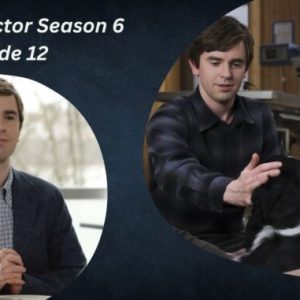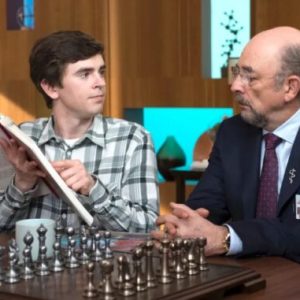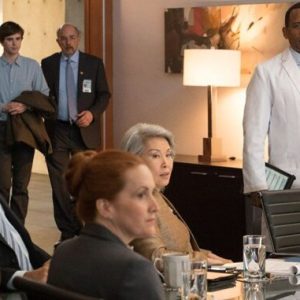In a television landscape often populated with superficial portrayals of neurodivergence, The Good Doctor has consistently tried to offer something more meaningful. But a recent scene has struck an emotional chord—one that’s been reverberating across the autism community. It wasn’t dramatic for drama’s sake. It was, in its quiet devastation, a mirror to the internal battles many on the spectrum face but rarely see reflected on screen.
The Scene That Shattered Expectations
The moment in question features Dr. Shaun Murphy, played by Freddie Highmore, breaking down after an overwhelming series of personal and professional challenges. But this isn’t your typical emotional climax. For many viewers, especially those on the autism spectrum or raising someone who is, the breakdown felt raw, real, and far too familiar.
It wasn’t just about the tears—it was about what led there: sensory overload, social misinterpretation, pressure to “mask” emotions, and the deep, internalized fear of being misunderstood or unaccepted. It was about trying so hard to be enough in a world that never stops demanding more.
Why It Resonated So Deeply
Many autistic individuals go through life feeling like they must constantly adjust who they are to fit in—to appear “neurotypical” in order to be respected, included, or even loved. This pressure can cause immense stress, anxiety, and emotional fatigue. That breakdown wasn’t just Shaun’s; it was a universal experience made visible.
Parents of autistic children described the scene as “heartbreaking but validating,” saying it opened up conversations in their own homes. Some adults on the spectrum said they felt “seen” for the first time in a mainstream show. That emotional authenticity is rare, and it matters.

The Risk and Reward of Representation
Portraying autism authentically on screen is always a tightrope walk. There’s the risk of misrepresentation or oversimplification, especially with a neurotypical actor in the role. Critics have long debated whether casting someone like Freddie Highmore, who is not autistic, undermines the show’s integrity. But Highmore’s performance, backed by a team of consultants and advisors, has generally been praised for its care and complexity.
This particular scene underscores why representation isn’t just about inclusion—it’s about impact. When done right, it helps those who feel invisible realize they’re not alone. It educates viewers who may never have had exposure to autism beyond stereotypes. And most importantly, it fosters empathy.
What the Autism Community Needs to Know
-
You’re Not Alone: If you or your child saw this scene and felt triggered, know that the emotions are valid. These moments highlight how difficult and exhausting it can be to live in a world that doesn’t always accommodate difference.
-
Your Voice Matters: The autism community has the power to shape how representation evolves. When scenes like this resonate, speak up. Let networks and creators know these stories matter.
-
Representation is a Journey, Not a Destination: The Good Doctor isn’t perfect. No show is. But moments like this prove that progress is being made. The more we discuss what’s right—and what needs work—the better future portrayals will become.
-
Use It As a Tool: Many parents and educators are using the scene as a teaching moment to help others understand emotional regulation, meltdowns, and masking. When media creates these touchpoints, they can serve as powerful educational bridges.
-
It’s OK to Feel Everything: Whether the scene brought up pride, sadness, frustration, or all of the above—those feelings are part of the lived experience. The power of storytelling lies in its ability to evoke and process those emotions.
Television can sometimes feel far removed from real life, but every now and then, it captures a truth that hits home. This scene from The Good Doctor didn’t just move the story forward—it moved hearts and minds, especially in the autism community. By showing not just Shaun’s brilliance but also his vulnerability, the writers offered a message of understanding, compassion, and ultimately, hope. And in a world where people on the spectrum are still fighting for inclusion and respect, that kind of storytelling is more than entertainment—it’s a quiet revolution.





